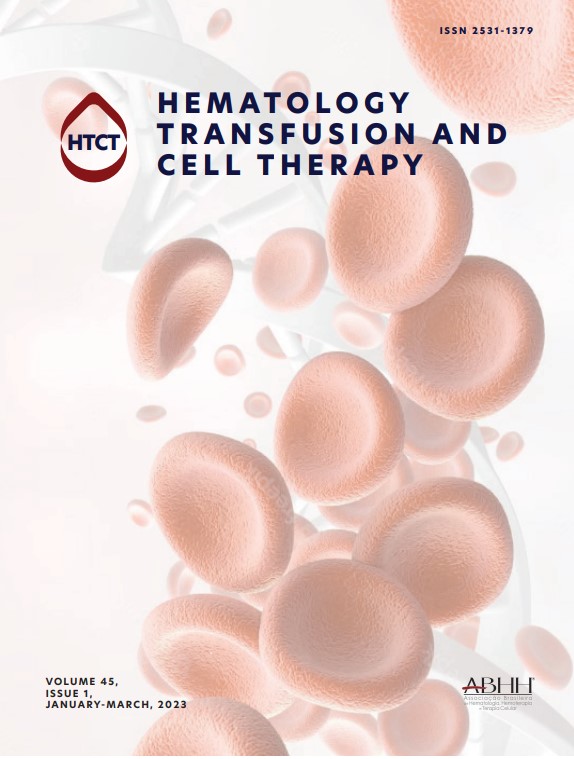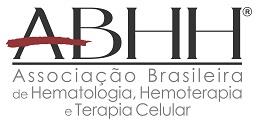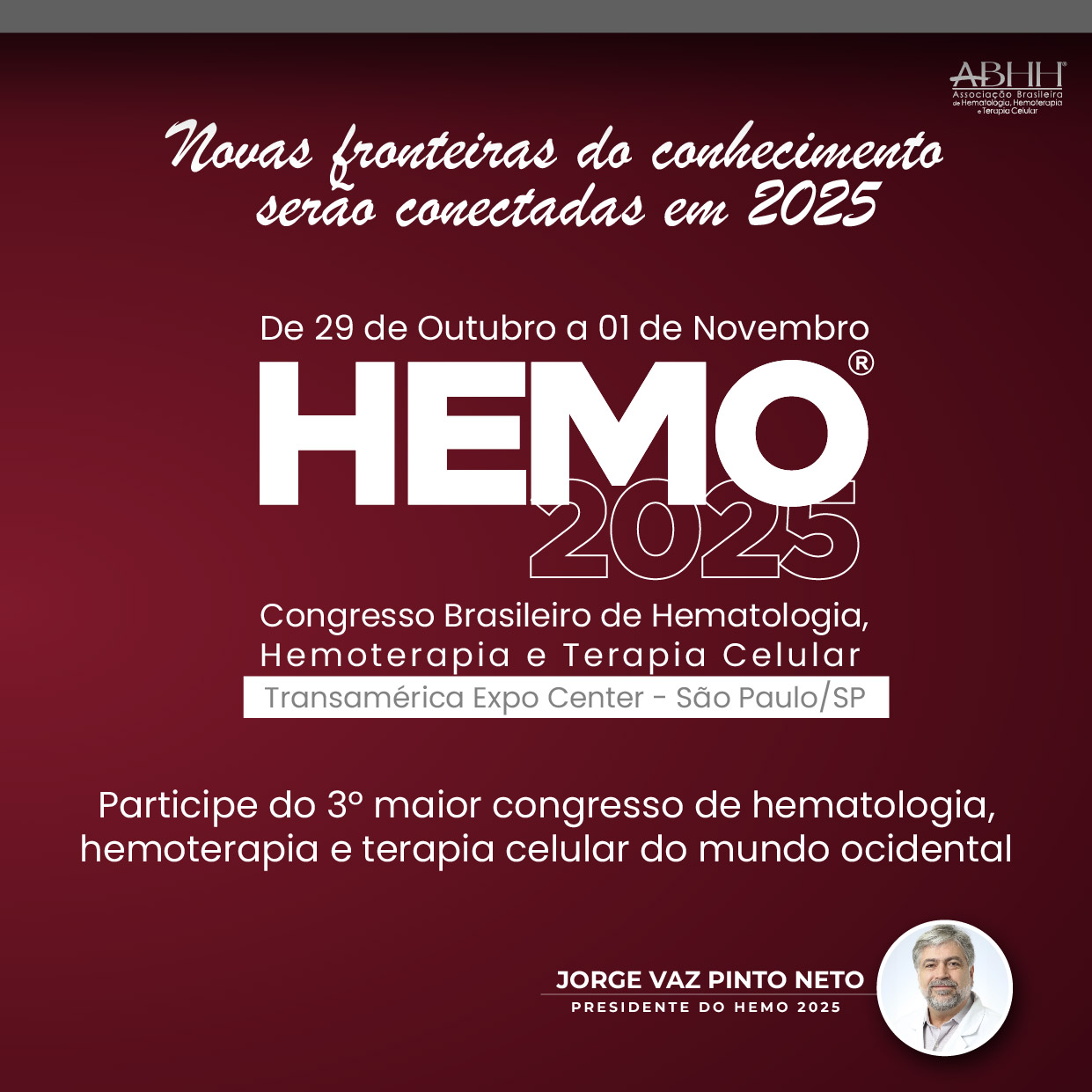Brazil has the fourth largest haemophilia population in the world. All patients are followed at the haemophilia treatment centres, which provide them interdisciplinary care and replacement factor concentrates as part of the public health system. The mortality among Brazilian haemophilia people is decreasing and the relative incidence of cardiovascular (CVD) deaths is increasing. The aim of the current analysis of the HemoCardio Study was to describe the CVD risk score according to the Pooled Cohort Equations Risk (PCER) tool and its treatment recommendations. We included men with haemophilia 40 years or older. Patients who had previous CVD event or a low-density lipid cholesterol 5.0mmol/L or higher were excluded. Interviews, medical file reviews, and blood tests were performed. The PCER tool (www.cvriskcalculator.com) was used to estimate CVD risk, considering age, gender, race, total cholesterol, high-density lipid cholesterol (HDL), systolic and diastolic blood pressures, treatment for systemic arterial hypertension, diabetes and smoking status. Among the 30 included patients, the median [interquartile range; IQR] age was 51.5 [IQR;46.0-59.5] years. The majority had haemophilia A, 43% were severe, 57% were on prophylaxis and 7% were inhibitor positive in the last year. The frequencies of obesity, current smokers, hypertension, diabetes, hypertriglyceridaemia, hypercholesterolaemia, and hypoHDLaemia were 20%, 13%, 67%, 24%, 14%, 47%, and 23%, respectively. Median PCER score was 6.9 [IQR;3.1-13.2], with 50% of the patients having a moderate-to-high risk. Statin use was suggested for 46% of the patients. Blood pressure was poorly controlled in 47% of the patients. In conclusion, almost half of the men with haemophilia had a moderate-to-high PCER score with strong recommendations to improve control of dyslipidaemia and blood pressure.
The Impact Factor measures the average number of citations received in a particular year by papers published in the journal during the two preceding years.
© Clarivate Analytics, Journal Citation Reports 2025
SRJ is a prestige metric based on the idea that not all citations are the same. SJR uses a similar algorithm as the Google page rank; it provides a quantitative and qualitative measure of the journal's impact.
See moreSNIP measures contextual citation impact by wighting citations based on the total number of citations in a subject field.
See more



